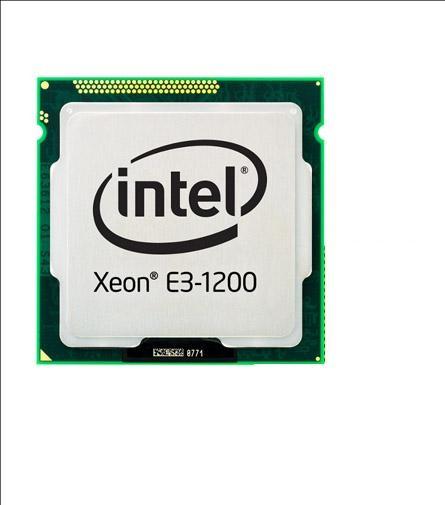Intel Trust Domain Extensions (TDX) is a new architectural extension in the 4th Generation Intel Xeon Scalable Processor that supports confidential computing. TDX allows the deployment of virtual machines in the Secure-Arbitration Mode (SEAM) with encrypted CPU state and memory, integrity protection, and remote attestation. TDX aims to enforce hardware-assisted isolation for virtual machines and minimize the attack surface exposed to host platforms, which are considered to be untrustworthy or adversarial in the confidential computing's new threat model. TDX can be leveraged by regulated industries or sensitive data holders to outsource their computations and data with end-to-end protection in public cloud infrastructure. This paper aims to provide a comprehensive understanding of TDX to potential adopters, domain experts, and security researchers looking to leverage the technology for their own purposes. We adopt a top-down approach, starting with high-level security principles and moving to low-level technical details of TDX. Our analysis is based on publicly available documentation and source code, offering insights from security researchers outside of Intel.
翻译:Intel Trust Domain Extensions (TDX)是第四代Intel Xeon Scalable处理器中支持机密计算的一种新的架构扩展。 TDX允许在安全仲裁模式(SEAM)下部署虚拟机,具有加密的CPU状态和内存、完整性保护和远程证明。 TDX旨在为虚拟机强制执行硬件辅助隔离,并将公共云基础设施上的主机平台暴露的攻击面最小化,这在保密计算的新威胁模型中被认为是不值得信任或对抗性的。 TDX可以被受监管的行业或敏感数据持有者利用,以在公共云基础设施中以端到端的保护外包其计算和数据。 本文旨在向潜在的采用者、领域专家和寻求利用该技术的安全研究人员提供对TDX的全面理解。 我们采用自上而下的方法,从高级安全原则开始,逐步深入到TDX的低级技术细节。我们的分析基于公开可用的文档和源代码,并提供来自英特尔以外的安全研究人员的见解。



